Earl’s Court as I first remember it was where Australian travellers found a cheap bed for the night. It was also the place to go for beers with unfamiliar labels, and bags of kiwi fruit, a rare delicacy in the 1980s. And at a time when Neighbours was riding high in the TV ratings there was fun to be had eavesdropping on conversations littered with ‘fair dinkum’ and ‘strewth’.
There are some troubling details: skyscrapers being built in a largely low-rise Victorian neighbourhood and the way streets at the perimeter of the site will be overlooked and overshadowed
Older generations will remember earlier waves of immigrants. There were the Polish soldiers who were resettled there after the second world war and set up shops, cafes and clubs. There were also new arrivals from Commonwealth nations, including V.S. Naipaul. His semi-autobiographical novel The Enigma of Arrival describes a discomfiting stay in a down at heel Earl’s Court guest house in 1950, surrounded by ‘drifters from many countries of Europe and North Africa’.
Others might remember visiting the Ideal Home Exhibition, which astonished postwar Britain by showing off the first fitted kitchens, vacuum cleaners and teasmades, or the annual Motor Show, which ran from 1903 to 2008. The Art Deco exhibition centre built in 1937 also became a landmark of the British music scene – during the 1970s you could have caught the Rolling Stones, Led Zeppelin, David Bowie or Queen performing.
Things were going rather well for this busy, affordable and slightly seedy part of west London until the start of the 21st century. The exhibition centre, sinking amid a sea of competition from more modern venues, was bulldozed in 2014. Its former owner, Capital & Counties Properties (Capco), tried and failed to bring forward a redevelopment plan. The exhibition centre site – more than 40 acres of prime development land in the heart of London – has lain empty ever since.
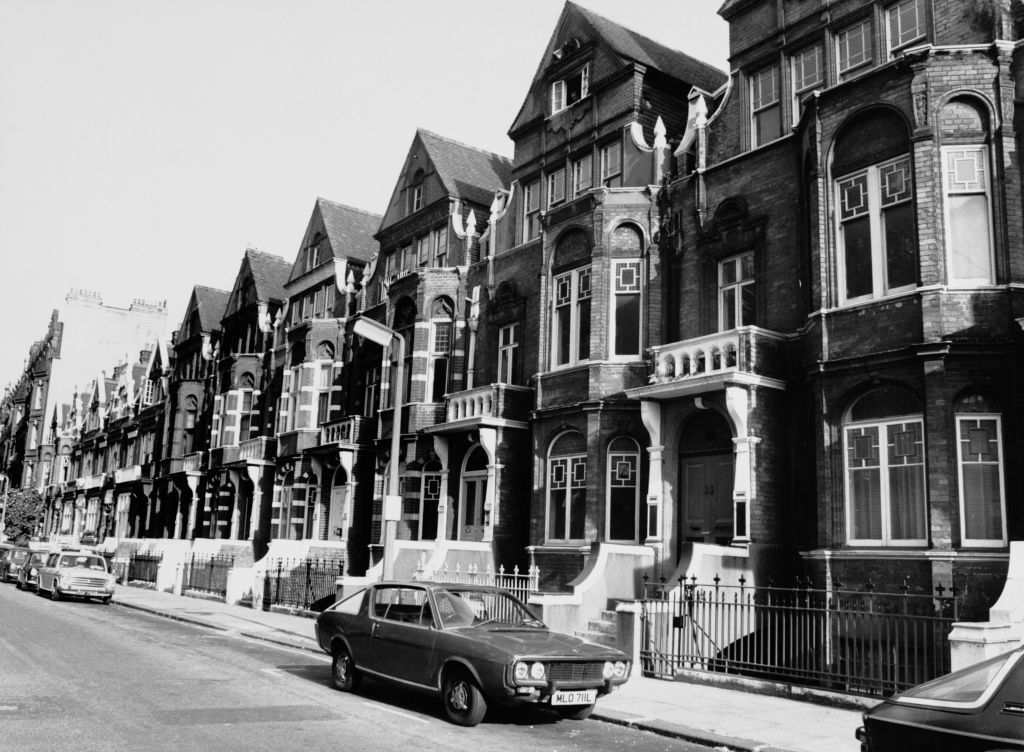
‘When we had the exhibition centre it provided employment, and it was also an identifiable building which was known the world over,’ says councillor Linda Wade, chair of the Save Earl’s Court campaign which fought against Capco’s redevelopment plan. ‘It gave the area a sense of identity. The high street was vibrant. Then we had the closure and the demise of businesses and hotels. We had dust and dirt. Then the empty years. The Earl’s Court Road is in decline, primarily because of the closure of the exhibition centre.’
This year a new £10 billion redevelopment plan was put forward by the Earl’s Court Development Company (ECDC), the site’s new owner and a joint venture between a Dutch pension fund, a British developer and Transport for London, which owns some of the land involved. The scale of the plot makes it the biggest single site left to redevelop in such close proximity to central London.
The ECDC proposes 4,000 new homes, around a third of which will be affordable and aimed at local people, in high-rise buildings of varying stature. There will be student digs and homes for the elderly, three cultural venues, a park on a deck over the West London Line, around 100 new shops, bars and restaurants, and almost three million square feet of workspace.
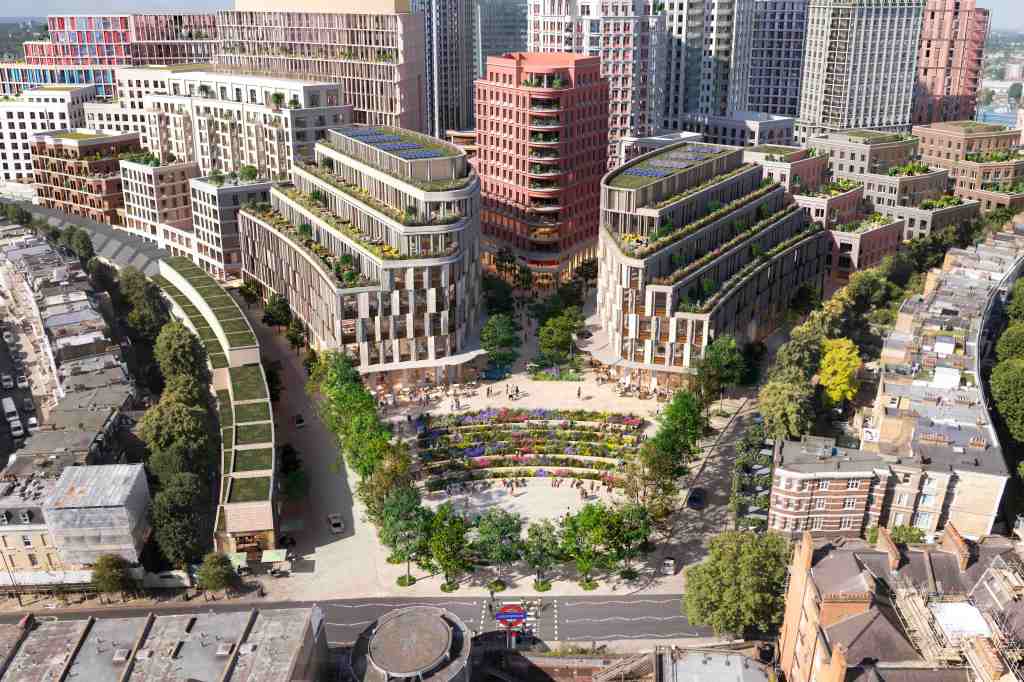
ECDC certainly seems to mean business. A spokeswoman says that, subject to planning permission, work would start in 2026, with the first residents moving in from 2030. It claims the development will restore Earl’s Court to its position on the world stage: a clean, green provider of new homes, jobs and wealth. ‘After years of being empty, the proposed development will reinstate Earl’s Court on London’s cultural map… bringing homes, jobs, entertainment and leisure to a place which was once a core part of London’s economic and cultural scene,’ the spokeswoman says.
But there are problems with this vision. First, of course, is the question of who will buy the two-thirds of homes on the site which don’t fall into the ‘affordable’ category. Given local land values, coupled with the premium charged for new builds, the answer is very simple: only the wealthy. The exhibition centre’s former car park to the south of Lillie Road has already been redeveloped into a residential complex called Lillie Square. One-bedroom flats are on sale for £695,000, and two-bedroom homes from £1.775 million.
‘We recognise the challenges faced by high house prices in London and are also looking at the opportunity for innovative forms of housing models which can address the “squeezed middle” in places such as Earl’s Court,’ says the ECDC spokeswoman.

In recent weeks Wade has been poring over the 600-plus documents, reports and drawings submitted by the ECDC in support of its plan. The sheer volume of paperwork strikes her as undemocratic. Who has time to parse that much information and come up with a credible response within a strict time limit?
Already there are many details that trouble her: skyscrapers being built in a largely low-rise Victorian neighbourhood, architecture she considers ‘indifferent’, the way streets at the perimeter of the site will be overlooked and overshadowed, and impact on already overcrowded local Tube and train stations.
She is unhappy the council won’t be able to put any of its tenants into the privately operated housing for older people, despite a huge need for senior-friendly homes locally. Given the impact the loss of the exhibition centre has had on Earl’s Court Road, with its empty shops and fast-food stores, she would particularly like to see better links to the development site which is sequestered on an island between railway lines. ‘I can see no real, active, positive engagement to make sure the Earl’s Court Road actually benefits,’ she says.
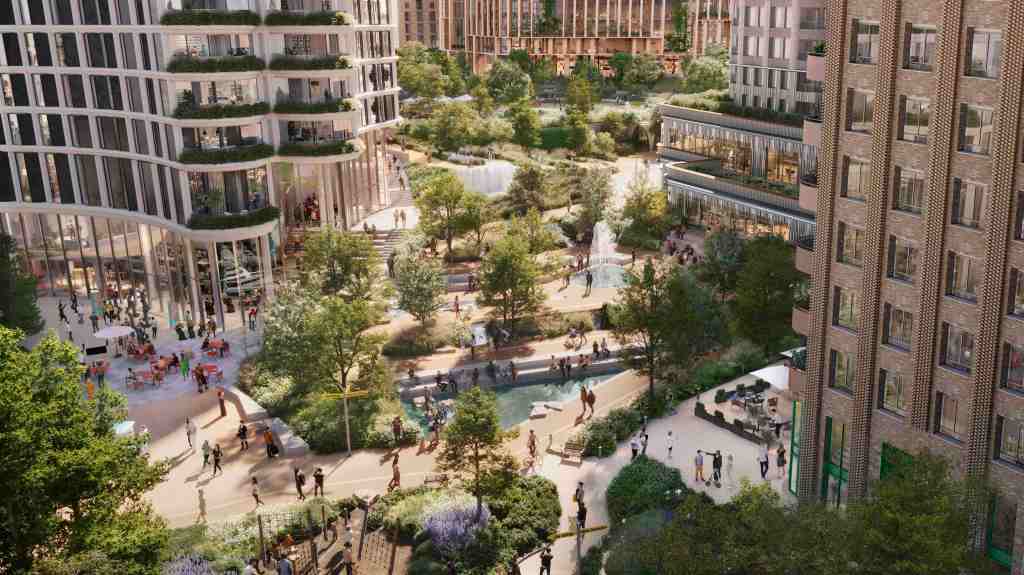
Certainly, visually, there is nothing about the ECDC’s plans which seems unique or special. With a blank canvas to play with one could have hoped for more than a public piazza featuring a large stepped seating area just like King’s Cross’s Granary Square. And the way the new buildings are clustered closely together mirrors the way new apartment buildings have built in a ripple around Battersea Power Station.
The ECDC says it has put together a cultural strategy for its three new venues which will reflect Earl’s Court’s storied history, and points out that some 4,000 new homes will go a long way toward meeting the government’s housing delivery targets in west London. ‘Our commitment is to deliver beautiful, well-designed and sustainable buildings of the highest quality,’ says the spokeswoman.
But Wade is unconvinced. ‘The question is, should urban planning be defined by developers or by local need?’ she says. ‘That is my concern with all of these targets. It is advantageous for developers but not necessarily for local people.’
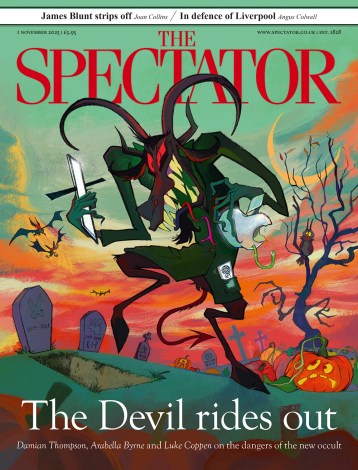

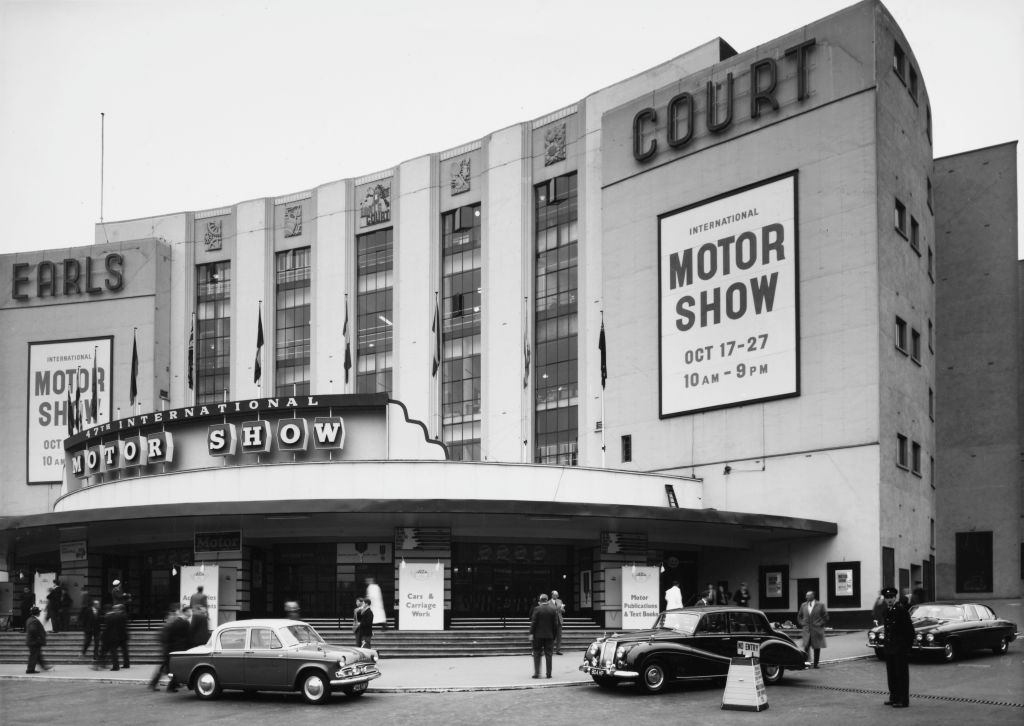



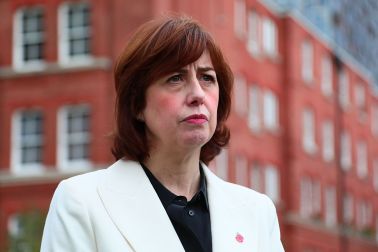
Comments